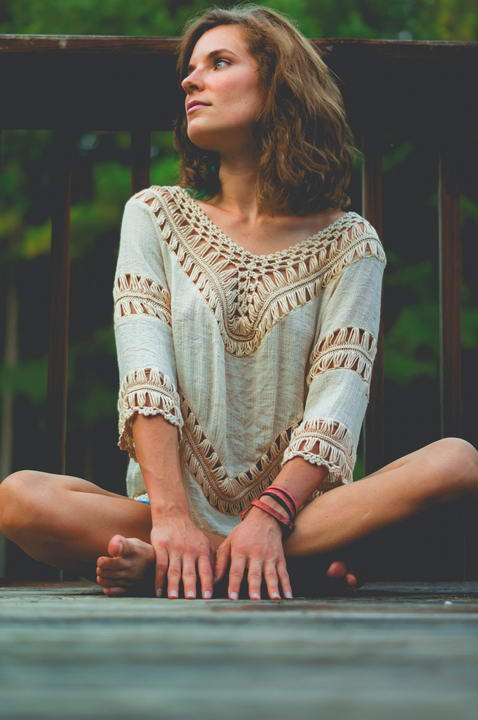The Art of Observation: Painting the Canvas of Understanding
In the hustle and bustle of our daily lives, where speed often takes precedence over depth, the art of observation stands as a quiet but powerful force. It’s the skill of seeing beyond the surface, of noticing the subtleties that escape the hurried gaze. In a world that constantly demands action, the art of observation is a valuable tool for cultivating mindfulness, enhancing creativity, and fostering a deeper connection with our surroundings.
Explore Meditation Retreats & Wellness Retreats
Explore Yoga Retreats with Tejomaia.com

Observation-The Canvas of Awareness:
Observation is more than just seeing; it’s about perceiving. It involves engaging our senses to create a vivid canvas of awareness. The art of observation requires us to be present in the moment, to embrace the details, colors, and textures of the world around us.
Cultivating Curiosity:
At the core of the art of observation is curiosity—the eagerness to explore, inquire, and learn. It’s the childlike wonder that seeks to understand the world anew each day. Cultivating curiosity through observatio-n opens doors to continuous learning and fuels the flames of creativity.
Finding Beauty in the Mundane:
Everyday life is a tapestry woven with seemingly mundane moments. The art of observation transforms the ordinary into the extraordinary by uncovering the beauty hidden in the details. A keen observer can find poetry in the rhythm of raindrops, art in the play of sunlight, and stories in the expressions of passersby.
Observation-Enhancing Presence:
Observation is an exercise in presence. In a world dominated by digital distractions, the art of observatio-n encourages us to put down our screens and truly see the world around us. It’s a mindful practice that enriches our experiences and deepens our connection with the present moment.
Building Empathy:
Observing others with empathy is a cornerstone of the art of observation. It involves not just seeing but understanding—the subtle cues in body language, the unspoken emotions in a glance. Through empathetic observation, we build bridges of understanding and forge connections with those around us.
Noticing the Unseen:
The art of observatio-n involves training our minds to notice the unseen. It’s about perceiving the gaps in conversations, the untold stories in a room, and the opportunities that may elude a casual glance. By honing this skill, we become detectives of the unnoticed, unlocking new perspectives and insights.
Fostering Creativity:
Creativity is often sparked by a keen sense of observation. Whether in art, science, or problem-solving, the art of observation serves as a wellspring of inspiration. By immersing ourselves in the details, patterns, and anomalies, we open doors to innovative thinking and imaginative breakthroughs.
Observation-Mindful Reflection:
Observatio-n is not limited to the external world; it extends inward. The art of observing our thoughts, emotions, and reactions is a form of mindful reflection. It allows us to understand ourselves better, to navigate our inner landscapes with clarity, and to make intentional choices.
The Ripple Effect:
The impact of the art of observation is not confined to the observer alone. It ripples outward, influencing the way we interact with others and the world. By bringing mindful observatio-n into our relationships, work, and communities, we contribute to a culture of awareness, understanding, and appreciation.

In conclusion, the art of observation is a transformative practice that invites us to slow down, see with intention, and engage with the world in a meaningful way. As we cultivate this skill, we become artists of perception, painting the canvas of understanding with strokes of curiosity, empathy, and creativity. In a world that often rushes past the nuances, the art of observation is a timeless reminder to pause, look, and truly see.
Explore Meditation Retreats & Wellness Retreats
Explore Yoga Retreats with Tejomaia.com


